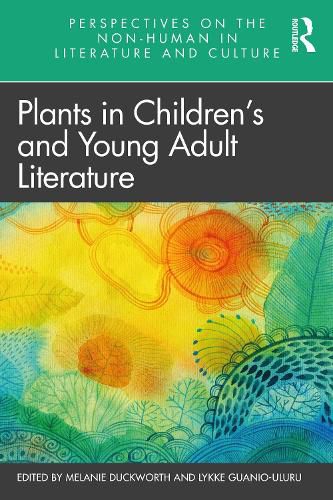Readings Newsletter
Become a Readings Member to make your shopping experience even easier.
Sign in or sign up for free!
You’re not far away from qualifying for FREE standard shipping within Australia
You’ve qualified for FREE standard shipping within Australia
The cart is loading…






From the forests of the tales of the Brothers Grimm to Enid Blyton's The Faraway Tree, from the flowers of Cicely May Barker's fairies to the treehouse in Andy Griffith and Terry Denton's popular 13-Storey Treehouse series, trees and other plants have been enduring features of stories for children and young adults. Plants act as gateways to other worlds, as liminal spaces, as markers of permanence and change, and as metonyms of childhood and adolescence. This anthology is the first compilation devoted entirely to analysis of the representation of plants in children's and young adult literatures, reflecting the recent surge of interest in cultural plant studies within the environmental humanities.
Mapping out and presenting an internationally inclusive view of plant representation in texts for children and young adults, the volume includes contributions examining European, American, Australian, and Asian literatures and contributes to the research fields of ecocriticism, critical plant studies, and the study of children's and young adult literatures.
$9.00 standard shipping within Australia
FREE standard shipping within Australia for orders over $100.00
Express & International shipping calculated at checkout
From the forests of the tales of the Brothers Grimm to Enid Blyton's The Faraway Tree, from the flowers of Cicely May Barker's fairies to the treehouse in Andy Griffith and Terry Denton's popular 13-Storey Treehouse series, trees and other plants have been enduring features of stories for children and young adults. Plants act as gateways to other worlds, as liminal spaces, as markers of permanence and change, and as metonyms of childhood and adolescence. This anthology is the first compilation devoted entirely to analysis of the representation of plants in children's and young adult literatures, reflecting the recent surge of interest in cultural plant studies within the environmental humanities.
Mapping out and presenting an internationally inclusive view of plant representation in texts for children and young adults, the volume includes contributions examining European, American, Australian, and Asian literatures and contributes to the research fields of ecocriticism, critical plant studies, and the study of children's and young adult literatures.